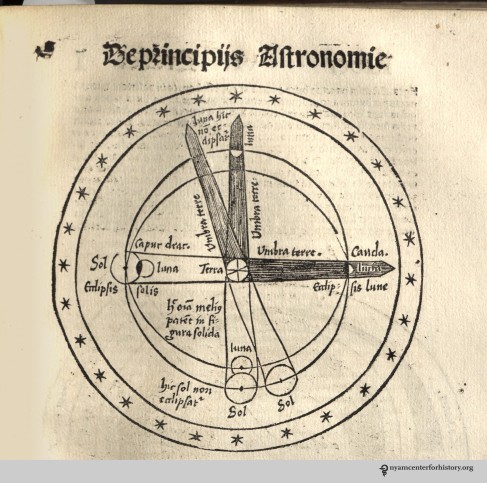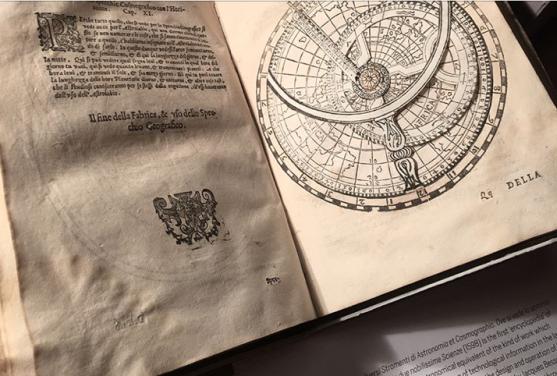 The New York Academy of Medicine Library and CENTRAL BOOKING collaborated on the exhibition Plant Cure. For this exhibition, five artists were selected to do research at the Academy Library over six months to produce work with their own unique take on medicinal plants. The project will culminate with an exhibition at CENTRAL BOOKING on the Lower East Side from September 6-October 29, 2017. Part 1 and 2 can be read here and here.
The New York Academy of Medicine Library and CENTRAL BOOKING collaborated on the exhibition Plant Cure. For this exhibition, five artists were selected to do research at the Academy Library over six months to produce work with their own unique take on medicinal plants. The project will culminate with an exhibition at CENTRAL BOOKING on the Lower East Side from September 6-October 29, 2017. Part 1 and 2 can be read here and here.
Maddy Rosenberg
Plant Cure, the collaborative project between CENTRAL BOOKING and The New York Academy of Medicine Library, percolating for over a year, is about to open to the public on September 6. The project includes a two month-long exhibition featuring the work of 19 international artists, vitrines documenting the inspiration and process of the five Artists in Residence, a catalog, and a program of events at both venues.
I feel fortunate to have had the opportunity to assemble the work of these artists who bring their own unique interpretations of plants and their medicinal qualities. From meticulously rendered drawings and water colors to an installation of sculptural free-standing collage works that seem to multiply from pedestal to pedestal, to a medicine cabinet that is beyond the expected, these works offer the viewer science from an artistic slant. In addition, interspersed within the CENTRAL BOOKING exhibition is a video-projected panorama of the Drs. Barry and Bobbi Coller Rare Book Reading Room and a floor to ceiling cabinet of curiosities.
But Plant Cure was more than a curatorial project for me. I enjoyed being the “honorary” sixth artist in the Academy Library. It was an opportunity for me to go beyond researching ideas for shaping the exhibition at CENTRAL BOOKING, mindful, as well, of pursuing material for my own studio work. The personal one-on-one access to exquisitely designed and illustrated books dating back hundreds of years was like hitting the mother lode for me, with the aid of the fountain of information and helpful direction of Arlene Shaner steering every visit through the vast possibilities.
My aim was to take my interest in medical museums and historic medical texts that are chock full of hand drawn images, add the science of the medicinal usefulness of plants combined with their aesthetic qualities, and make art out of it. The artists’ orientation at the library got the thought processes churning when I saw the collection of Burdock Blood Bitters advertising cards as a way of linking the plants with the cure. Always one to add an element to the flat page, whether it be built in pop-ups or interactive movable components, I requested in my next visit to see several of the anatomical flapbooks, and drew considerably from ones such as The BodyScope (1948) by Ralph H. Segal and Anatomicum Vivum (1720) by Christoph von Hellwig. The plant references I used came heavily from The Herball; or Generall Historie of Plantes (1597) by John Gerarde and published in London in 1597.

Inspiration: The Herball; or Generall Historie of Plantes (1597) by John Gerarde.
From there emerged an artist’s book of my own medicinal cards with composite images on one side and texts of the cures on the reverse, tucked into pockets of an accordion book to hold them, framed by the drawings of the plants themselves, much like a traditional book of hours. A second artist’s book that is even more a two-dimensional object that becomes a three-dimensional structure through pop-ups and its own flaps, is in process. I am certain with all the material I was able to accumulate and am still digesting, pieces of the Academy Library collection will wind up in many more of my works to come.
Medicinal cards. Maddy Rosenberg (2017).
I am happy to introduce Mary Ting, the last of our five official CENTRAL BOOKING artists at the New York Academy of Medicine Library, who comes with a long interest in medicinal plants through family heritage and her own love of gardening.
Mary Ting
Secluded away in the library of the New York Academy of Medicine, surrounded by bookcases of historical medical texts, I have been intoxicated by the books containing magical illustrations of astonishing beauty and text that entice unanswerable questions. I have been looking and re-looking at the Hortus Sanitatus, various medical botany books, and anatomical flap books. Of particular interest for me are common medicinal plants, (such as ginseng, valerian, mandrake, snakeweed, dandelion, foxglove) ones that have figured in my garden, family life, and are also of cultural interest.

Academy Library references: Pages from Hortus Sanitatis (1517); The Practical Home Physician (1887); and Medical Botany (1834).
Having grown up weeding beside my mother in her ornamental garden and in a house with one hundred orchids and dried specimens tucked away in drawers, plants and fungi have always held an important place in my life. These were not just specimens but also markers of our family migrations. Of particular reverence is the dried lingzi mushroom that my mother plucked from her college campus (Ginling Women’s College, Nanjing, 1943). This pondering of history, family, nature and grief is central to my work; it is also why this exhibition, Plant Cure, and the research at the Academy Library is an incredible opportunity and a never-ending bounty to feed from.

Pan and Ting family collection of ginseng and mushroom.
One work to come out of this residency is Holding On, which deals with the interwoven relationship of botany and medicine. I have incorporated empty Ginseng Royal jelly glass bottles as “fruit” on the vine, the red and blue wires refer to the arteries and the plastic tubing to intravenous drip tubing. The title refers to the notion that Ginseng root could be gnawed on in one’s last hours while waiting for the arrival of your children for the final goodbye.

Mary Ting, Holding On (detail), 2017, vine, wire, plastic tubing, glass, 80 x 24 x 10 inches.
The library research also inspired The Gardener’s Medical Manual, a new rendition of an earlier series, The Other Garden. Among outsized botanical specimens with eyes, one can find a woodblock image from the ancient Chinese classic, Mountains and Seas, 山海经, an early geography text that was meant to be neither factual nor allegorical. Centipedes also loom large, as my grandmother’s life was saved by the medical application of a poisonous centipede.

Mary Ting, The Gardeners Medicinal Manual (detail), 2017, cut tyvek, silkscreen, rubberstamps, ink, 20 x 30 inches.
I am continually struck by how so much has changed outwardly, given technological developments, but our medieval notions of man’s dominion over nature and its ravaging remains unchanged. The lure of wild ginseng continues with its illegal harvesting and unsustainable consumption. Though I suspect that it functions primarily as a status gift and that many, like my family members, never utilize the roots and the children arrive too late for the final goodbye.











































